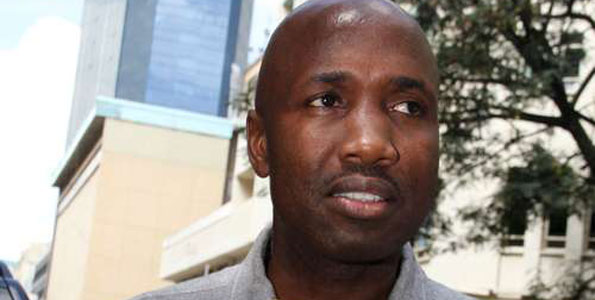What is the East Africa Institute of Architects all about?
It is a professional association that is over 100 years old. It was formed before Independence when the colonialists treated East Africa as one. Previously membership was individual, but it was reconstituted to have membership by country. Currently we have four members, Kenya, Tanzania, Rwanda and Burundi.
Why have we not heard much about the association?
The association ended with the collapse of the first East African Community, then we revived it gradually.
Who qualifies to be a member?
Countries in East Africa qualify. Somalia, Sudan, and Ethiopia can also join. The association’s constitution says a new applicant first gets observer status for one to three years, and they do not have voting rights but can participate in the association’s activities. The applicant then applies for membership and is sponsored by a member country. Membership fee is $2,000, with an annual subscription fee of $2,000.
What are the association’s contributions to the laws governing the building industry?
We spearheaded the Mutual Recognition Agreement (MRA), which allows labour mobility across the region so that an architect’s credentials are recognised in all the member countries that have signed the MRA. This means they do not need to be apply for fresh registration in Rwanda, Burundi and Uganda. However, we have very few applicants offering their services across borders.
What is your view of the numerous housing developments and shopping malls coming up in the region?
I think we have an oversupply, which however I only see lasting for a short time, as the region’s economies are growing rapidly.
Also, a lot of money in our real estate sector is what we call patient money because it is not borrowed from a bank. Therefore, the investors are not in a hurry to get back their money. Generally, we also have more cash buyers than loan buyers.
What is your view on the entry of Nigeria’s Dangote Cement into Tanzania, Kenya and Ethiopia and the impact of the decision by the East African Council of Ministers to reduce duty on cement imports from non-EAC countries?
Dangote Cement will definitely create competition in the region as our cement is among the most expensive in the world. However, the cost of building will not automatically come down because cement costs only make up 10 per cent of the total cost of building. The entry of Dangote Cement will reduce costs, but it is difficult to say how significant that will be.
What about uncontrolled construction in Kenya and buildings collapsing; how can that be mitigated? Who is failing in their role?
The real challenge is corruption, but we keep trying to apply a technical solution to what is largely a social problem. As long as we do not tackle corruption, any other measures we implement will not succeed.
There is a perception that architect’s fees are high and therefore paying for their services becomes difficult for many.
We are not expensive, that is just a perception. I can work for free or charge between Ksh20,000 ($200) even Ksh5,000 ($50) for a job. We need to reform our laws, which state that it is illegal to charge less than six per cent for a particular job.


Leave a Reply